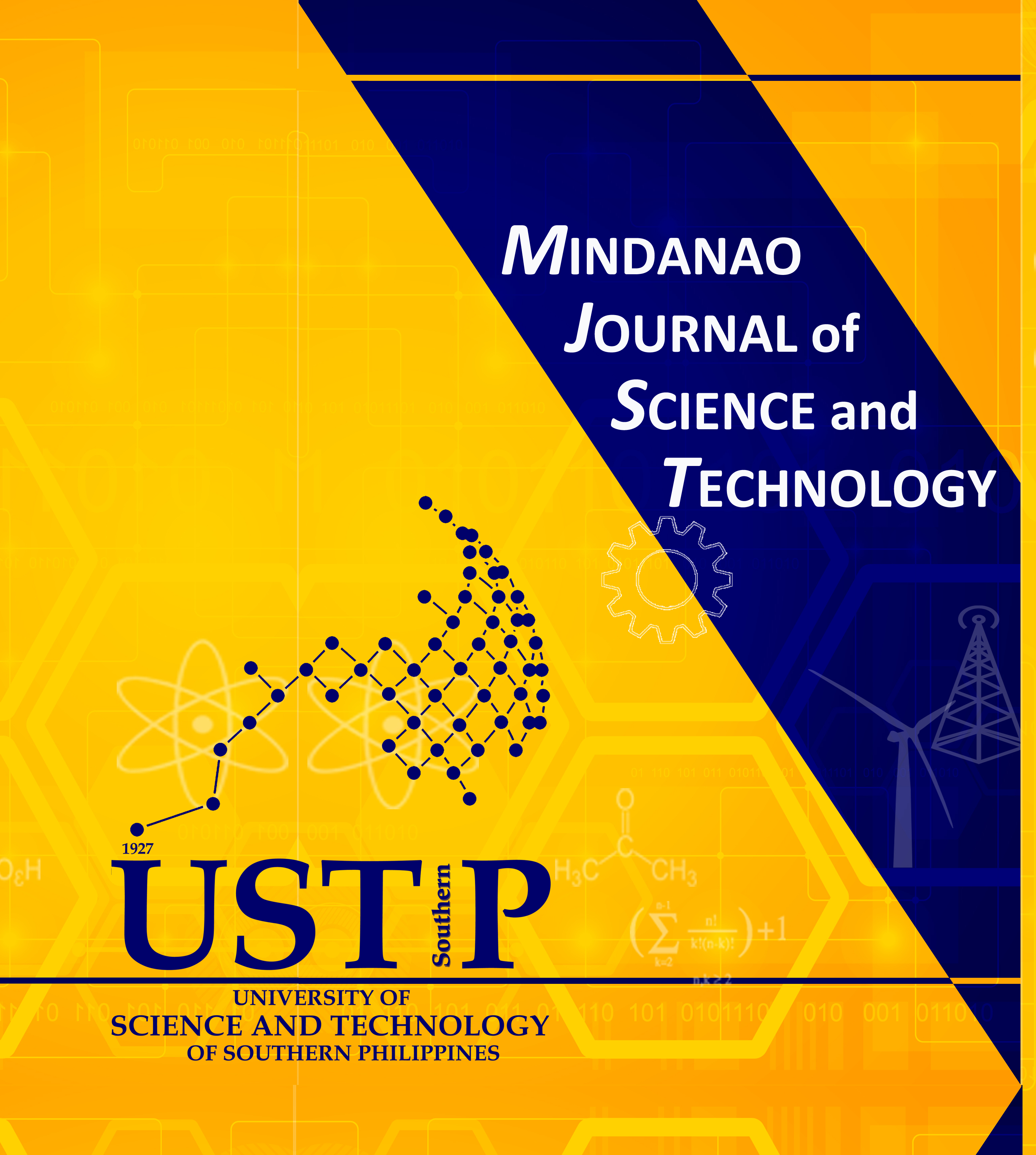Most read articles by the same author(s)
- Romeo M. Del Rosario, Nenita D. Palmes, Rainwater Chemistry and Biochemical Effects: Basis for Air Quality Assessment of Cagayan de Oro City, Philippines , Mindanao Journal of Science and Technology: Vol. 9 (2011): (January-December 2011)
- Romeo M. Del Rosario, Nenita D. Palmes, Bitan-ag Creek Water: Its Physical, Chemical, and Biochemical Characteristics , Mindanao Journal of Science and Technology: Vol. 8 (2010): (January-December 2010)
- Romeo M. Del Rosario, Nenita D. Palmes, Antioxidative Capacities of Phytochemicals in Selected Fruit Peels , Mindanao Journal of Science and Technology: Vol. 10 (2012): (January-December 2012)
- Ronnie L. Besagas, Romeo M. Del Rosario, Hazardous Waste Chemicals from Dichromate Chemical Oxygen Demand Analysis: Toxicity Reduction, Recovery, Recycling, and Testing , Mindanao Journal of Science and Technology: Vol. 8 (2010): (January-December 2010)
- Marissa G. Cordova, Reynaldo M. Vequizo, Romeo M. Del Rosario, Majvell Kay G. Odarve, Bianca Rae B. Sambo, Filchito Renee G. Bagsican, Girlie D. Leopoldo, Preparation, Characterization and NH3 -sensing Test of HCl -doped Polyaniline Thin Films , Mindanao Journal of Science and Technology: Vol. 12 (2014): (January-December 2014)
- Maria Luisa B. Salingay, Romeo M. Del Rosario, Oxidizability of Common Halides and Applicable Masking Agents in the Dichromate Chemical Oxygen Demand Determination , Mindanao Journal of Science and Technology: Vol. 8 (2010): (January-December 2010)










